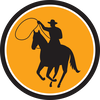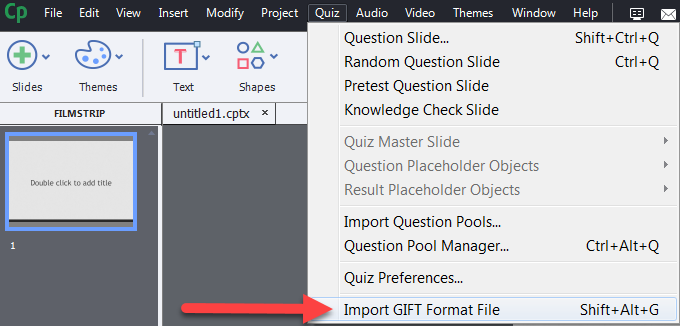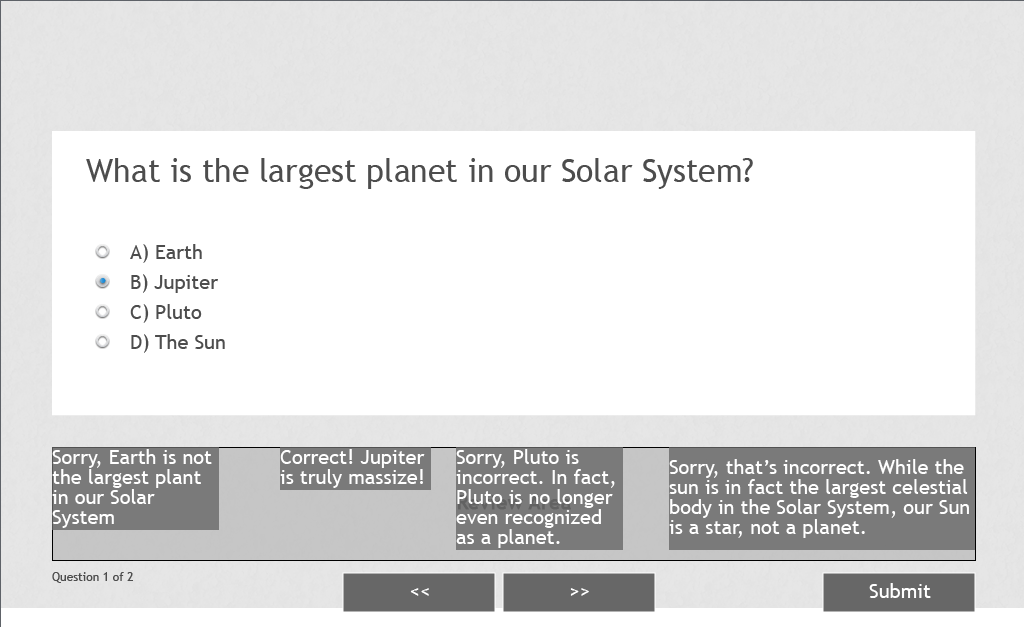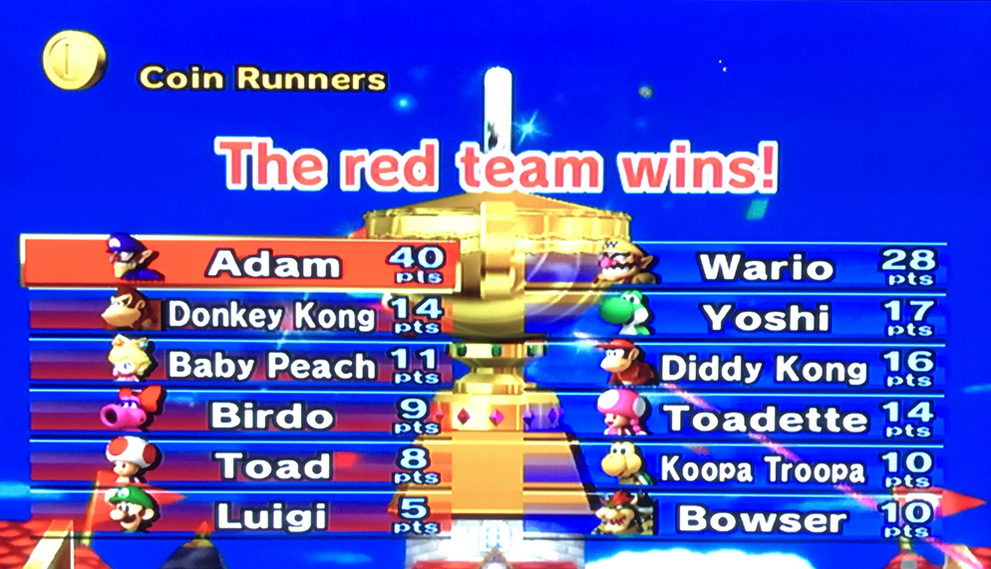|
Hello, everyone! Today, I want to share a link to something pretty exciting to me - a podcast that I was interviewed on!
Several months ago, I discovered the Roundabout: Creative Chaos podcast that is created by, for, and with, creative folks ranging from professional artists to humble authors (guilty as charged), and everything in between. As I listened to episode after episode, I began to realize that there are countless people out there whose lives heavily revolve around being creative, professionals and hobbyists alike! So if you are a Creative, I promise you’ll enjoy the Roundabout: Creative Chaos podcast. Click the image below to listen to my episode, but don’t stop there…you can subscribe on any major podcast app (iTunes, Overcast, etc.) so you never miss another creative dive into a creative mind! Until next time, go BE the YOND!
0 Comments
Hello, everyone! With the holiday's officially upon us, and the countdown to Christmas underway (at least in my house!), I thought now would be the perfect time to talk about a special little surprise found in Captivate. And quite fittingly enough, it's called GIFT, or General Import Format Technology to be precise. But me? I'm sticking with GIFT. That said, let's take a quick look at the words that define the acronym to get a better understanding for what it can do for your eLearning project. GENERAL - Think of this word as 'Universal', meaning it is generally recognizable by most programs. IMPORT - A great techie word that means I can bring something pre-existing into my project. FORMAT - Like formatting you've done in Microsoft Word, except less alignment and more symbols. TECHNOLOGY - Electronic. Hmm, maybe they just needed another word because GIF was taken? In a nutshell, GIFT formatting allows for the incredibly simple addition of quiz questions into your project. Yes, simpler than what you may be thinking! (NOTE: While this blog pairs GIFT formatting to Captivate, it is by no means the only program with which GIFT can be used; some learning management systems allow the use of the GIFT formatting as well.) So, how does it differ from the typical quiz layout you've likely seen hundreds of times? To answer that, let's take a look at what some GIFT-formatted questions look like. MULTIPLE CHOICE EXAMPLE What is the largest planet in our Solar System?{ ~Earth#Sorry, Earth is not the largest plant in our Solar System =Jupiter#Correct! Jupiter is truly massive! ~Pluto#Sorry, Pluto is incorrect. In fact, Pluto is no longer even recognized as a planet. ~The Sun#Sorry, that’s incorrect. While the sun is in fact the largest celestial body in the Solar System, our Sun is a star, not a planet.} TRUE/FALSE EXAMPLE Jupiter is the largest planet in our Solar System.{TRUE#Wrong, that's incorrect.#Right, well done!} MULTIPLE ANSWER What are the two largest planets in our Solar System? ~Earth#Sorry, Earth is not one of the two largest planets in our Solar System. %50%Jupiter#Good job! Jupiter is the largest planet in our Solar System. ~Mars#Sorry, Mars is not one of the two largest planets in our solar System. %50%Saturn#Good job! Saturn is the second largest planet in our Solar System.} As you can see, GIFT-formatted quizzes rely on symbols, like the equal sign (=) to identify correct answers, the tilde (~) to mark incorrect answers, the percent sign (%) to note partial credit, and the pound sign (# ...yes, that is a pound sign folks) that precedes unique feedback for each answer choice. What you don't see, are question numbers, lettered answer choices, and feedback appearing on a different lines than the answer choice. So now that we know what GIFT Formatting is, let's see what Captivate can do with a file formatted in this fashion.
From personal experience in the pain-staking process of writing quizzes over and over multiple times, the GIFT Import feature will certainly save you time, and most likely frustration to boot. To learn more about GIFT formatting, click HERE. Until next time folks, go BE the YOND! For this post I'll be talking about video games and their impact on instructional design. This idea came to me earlier today while playing Mario Kart Wii with my son. At 36, I'm three decades older than Avery, but as I watched him play, I couldn't help but find a new appreciation for the Mario Kart franchise that I, too, played when I was younger, in that it serves as a great generational equalizer. You may have another game that allows you to relate to younger ones just as I have with my six year old. Watching him have so much fun with a game I also love got me thinking about how this phenomenon can be applied in the work place. And there's no mistake about it, it is a phenomenon. As a father, I'm in uncharted waters in my family in exploring this method of connecting with Avery. When I was his age, video games were just coming to market (The Nintendo Entertainment System, for one). And sure, my dad could play the games with me, but he didn't have the nostalgic privilege of reacquainting himself with characters he met as a child. The same is true for today's workforce. With millennials on the rise in the workplace, I would be a fool not to consider ways to lessen the generational gap when developing corporate training modules. Take a look at the image below (from Mario Kart Wii) that players are presented with after a Grand Prix - a series of four cumulatively scored races - and try to pick out the instructional design concepts that are in play on this screen alone. Then, read on to learn my take on it. Here's what I see when I look at this image:
Until next time, go BE the YOND! |





 RSS Feed
RSS Feed
